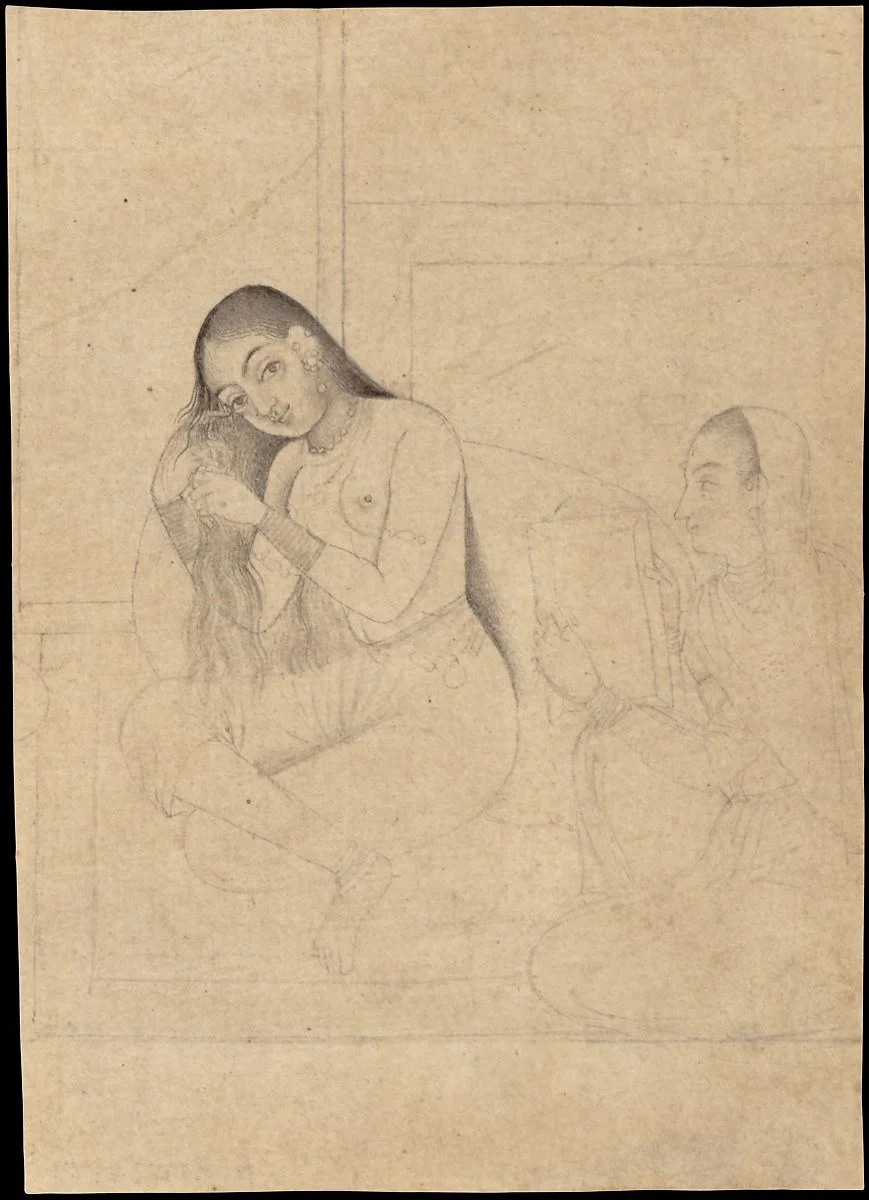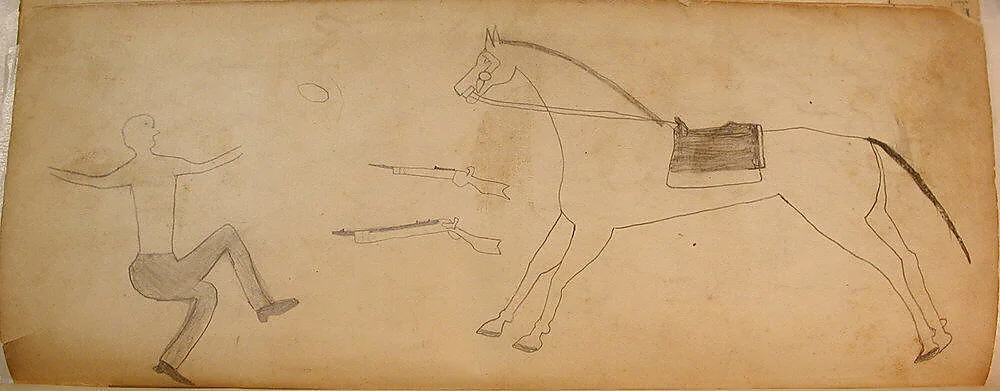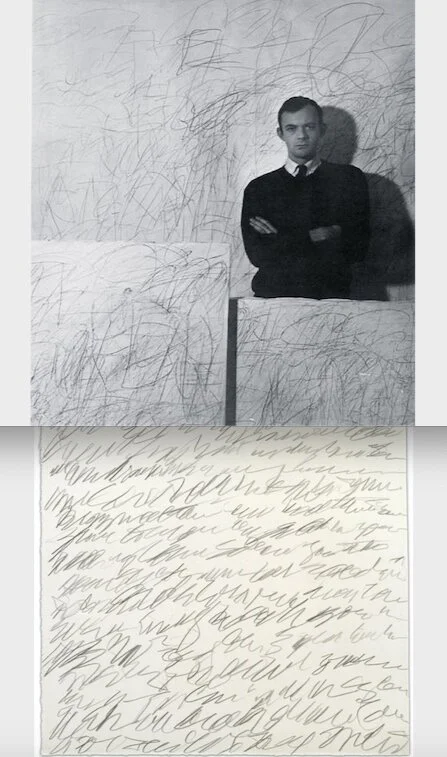GRAPHITE
Experimenting with combinations of minerals, clay and other fillers by Joseph Conte in the late 1800’s resulted in graphite tools. As artists needs grew, so did those of the general public. Graphite tools evolved into the common wood-encased pencil.
Graphite
Graphite pencils are graded alphanumerically from B to H representing soft to hard. There are 8B, 6B, 4B, 2B, HB, 2H, 4H, 6H and 8H pencils.
Manufacturers make graphite harder by adding clay. The higher the H number, the more clay is mixed in with the graphite. If you start with an 8H pencil you will never be able to achieve a dark black value. It will tend to stay a shiny medium-value silver. If you use an 8B pencil with a high graphite content, the pencil will release a dark gray, but will also never be a fully dark black tone. So one must consider the limited value range when working with graphite pencils or sticks.
Some specialized artisan-made pencils also contain a mixture of graphite and carbon to allow a deeper, richer black. Because there are many choices available to one who draws, it is important to understand the drawing materials at hand.
Technique
Graphite allows subtle differences in pressure causing intricate character within lines and shading.
Lines may vary in thickness, thinness, or they might change in how curved, straight or crooked they might be.
Shading can done in a controlled and balanced way or be the graphite pencil can be used as an expressive mark making tool.
William Trost Richards. The Spring. c. 1863. Graphite on green wove paper. American. The Metropolitan Museum of Art.
http://www.sothebys.com/en/auctions/ecatalogue/2013/may-2013-contemporary-day-n08992/lot.110.html.















